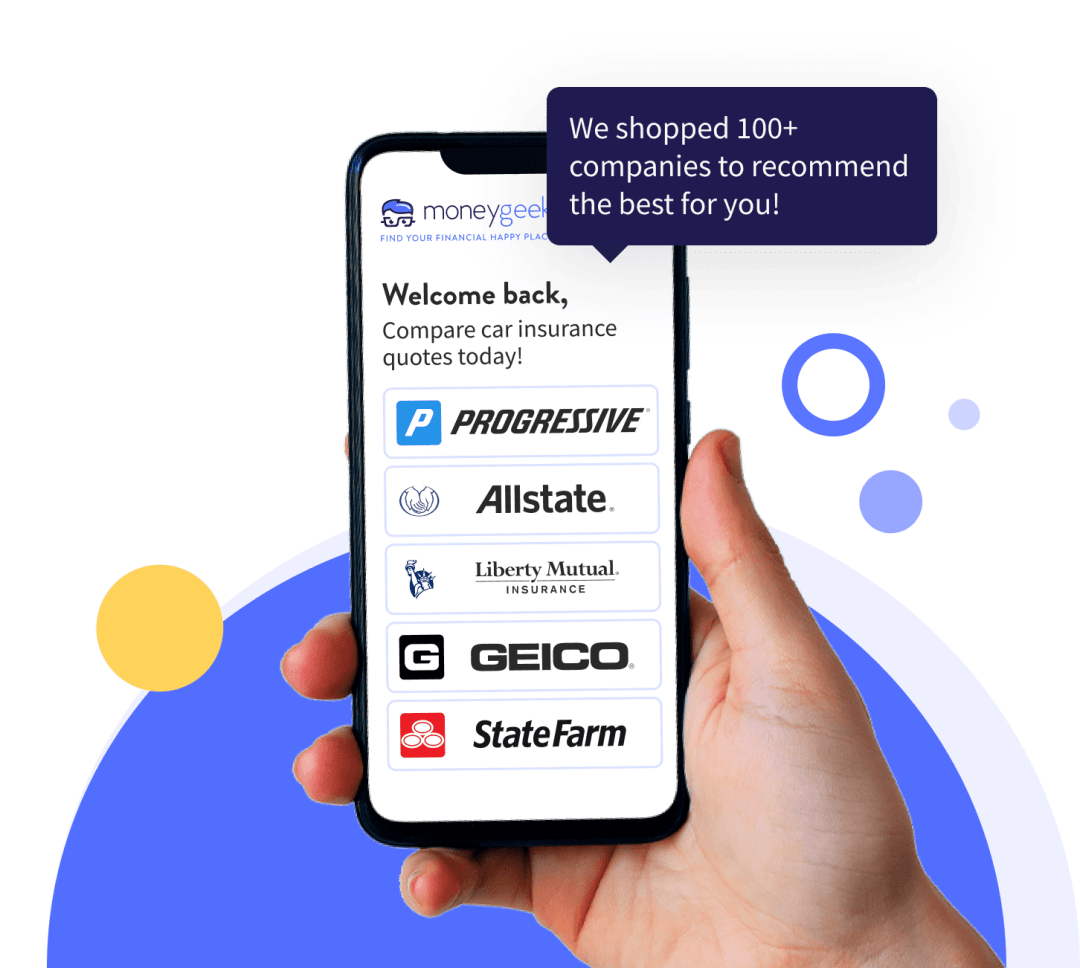If you're leasing a car, who handles the insurance bill? You pay for insurance on a leased car, even though the leasing company owns the vehicle. You're responsible for all insurance costs and requirements, including monthly premiums, deductibles when filing claims, meeting coverage requirements set by the lessor and maintaining continuous coverage throughout the lease term.
The leasing company sets minimum coverage requirements ($100,000/$300,000/$50,000 is common), gets listed as additional insured on your policy and receives claim payments directly for vehicle damage. It can also purchase force-placed insurance if you don't maintain coverage. The leasing company gets named as the loss payee on your policy, so insurance payments for vehicle damage go directly to it, not you.













